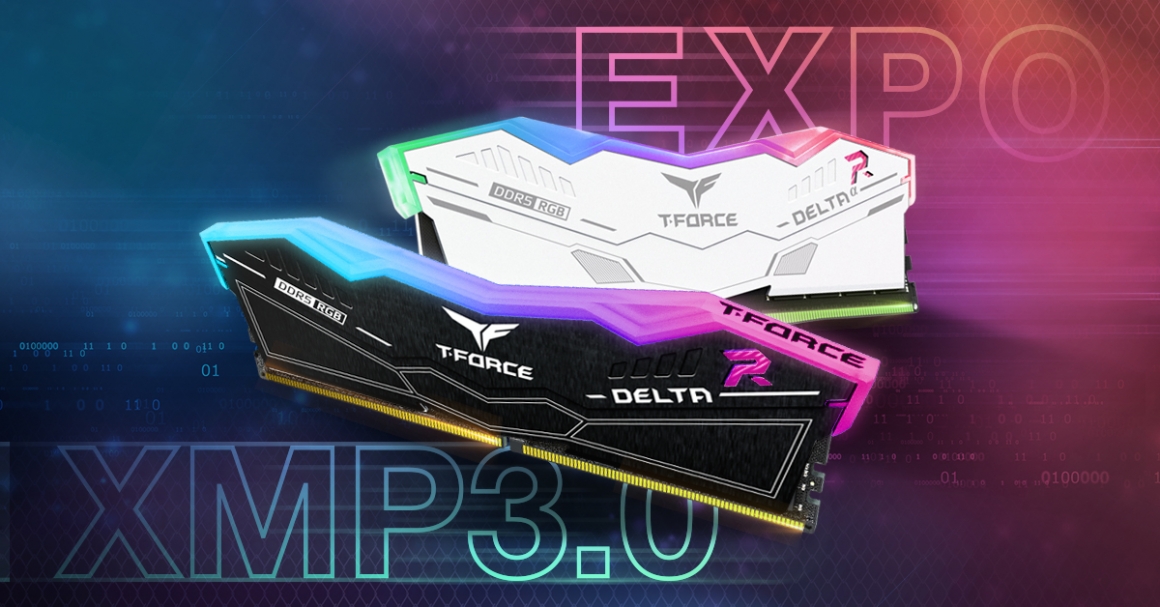
1. T-FORCE DELTA RGB DDR5 with Intel platform XMP 3.0overclocking support
2. T-FORCE DELTAα RGB DDR5 with AMD platform EXPO overclocking support
Today, we will use these two DDR5 models to conduct cross-platform overclocking tests on Intel platform Z790 and AMD platform X670 from ASROCK, ASUS, GIGABYTE and MSI and present the screenshots for cross-platform overclocking switching for your reference.
The following are screenshots for cross-platform overclocking of the T-FORCE DELTAα RGB DDR5-6000(for EXPO) from four board manufacturers:
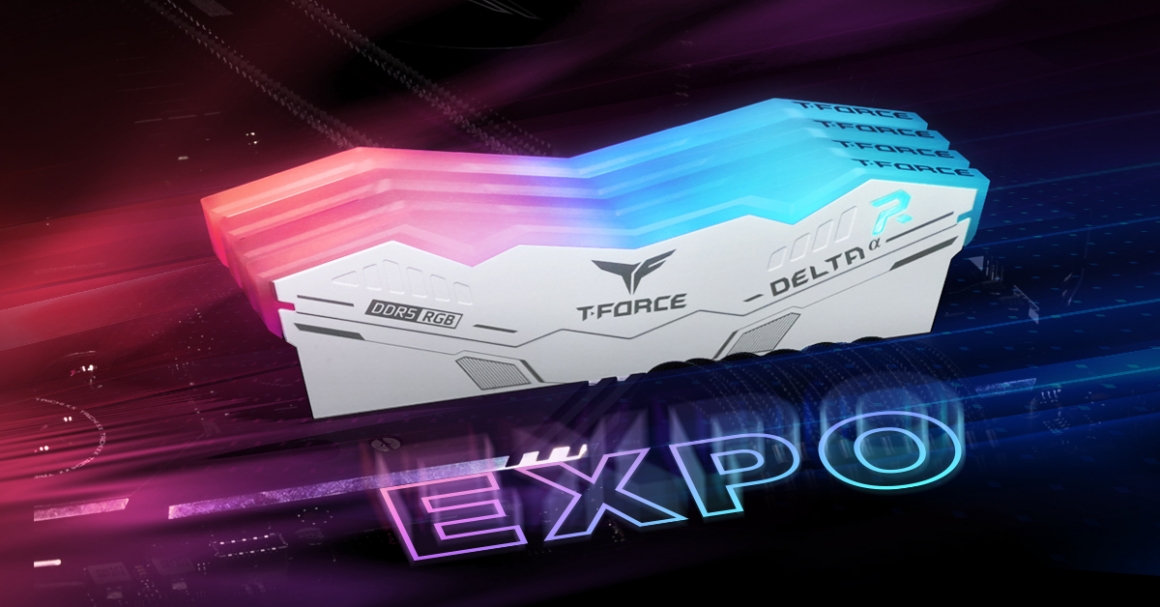
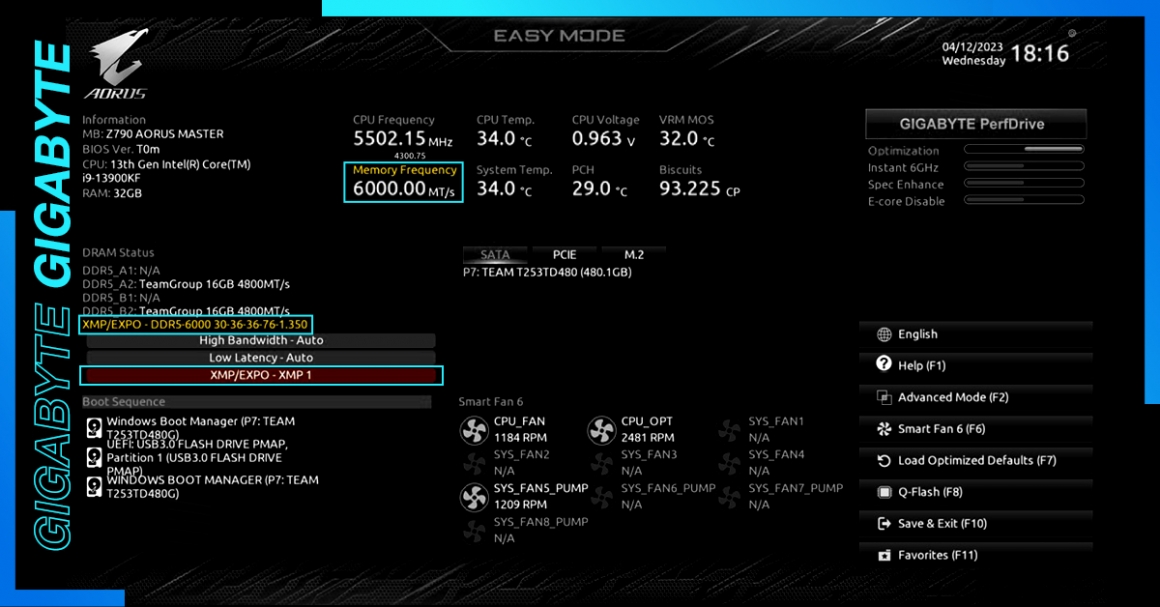
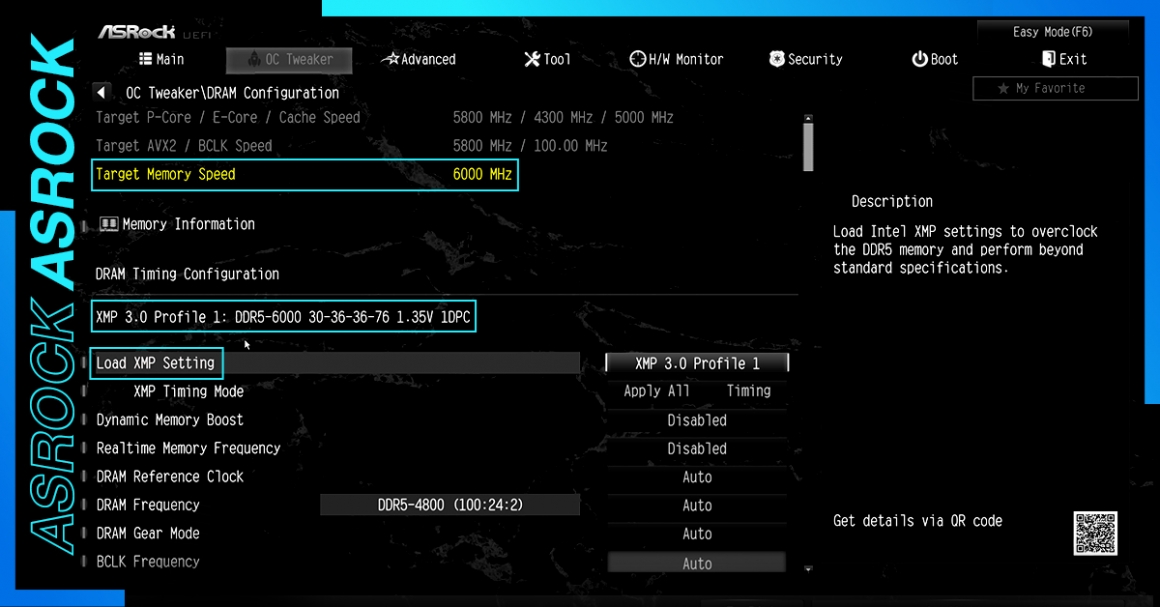
The figure above is a screenshot of T-FORCE DELTAα RGB DDR5 in Z790 Taichi Carrara. After entering the BIOS manually, you can see from the screenshot that the Load XMP Setting was displayed, indicating that basic parameters were recognized and the switching was successfully done.
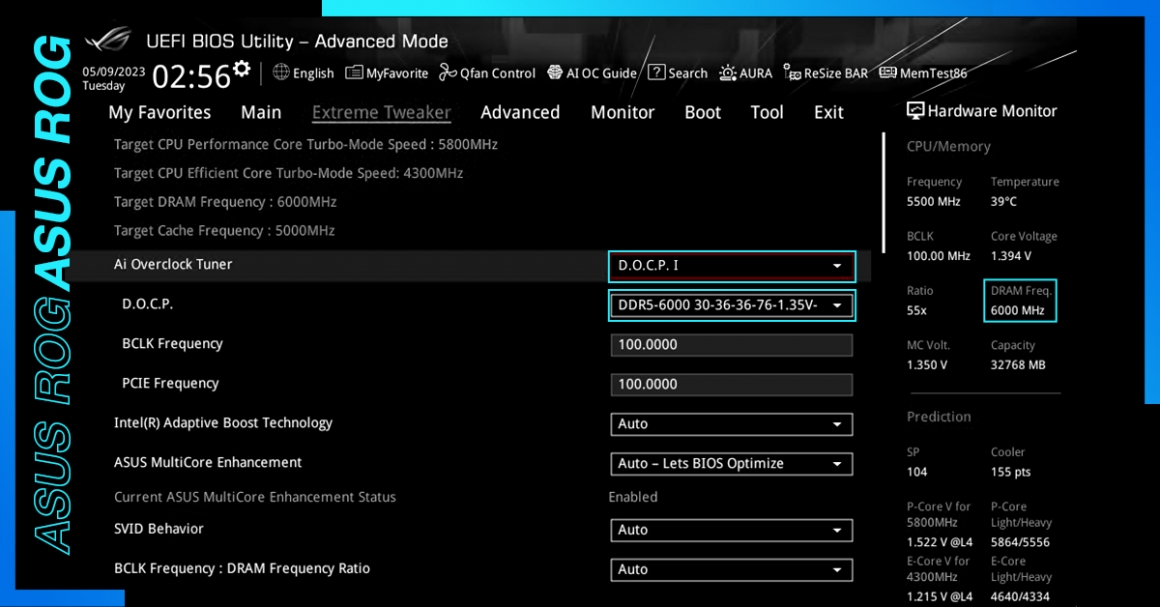
The figure above is a screenshot of T-FORCE DELTAα RGB DDR5 in ROG MAXIMUS Z790 HERO. As you can see, the unique feature of ASUS is that after entering the BIOS manually, D.O.C.P. I. was displayed. This is an ASUS customization to indicate successful switching from the XMP→EXPO display, and basic parameters are recognized.
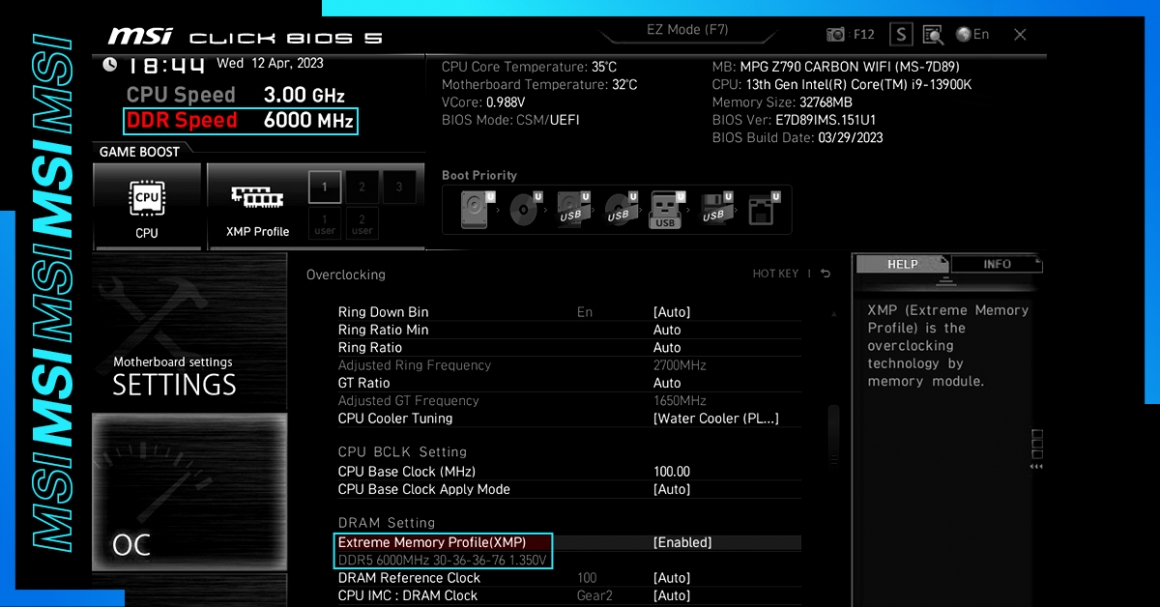
The figure above is a screenshot of T-FORCE DELTAα RGB DDR5 in MSI MPG Z790 CARBON WIFI. After entering the BIOS manually, you can see from the screenshot that the Load XMP Setting was displayed, indicating that basic parameters were recognized and the switching was successfully done.
The following is a screenshot of the cross-platform overclocking using the T-FORCE DELTA RGB DDR5-6000 from four board manufacturers:
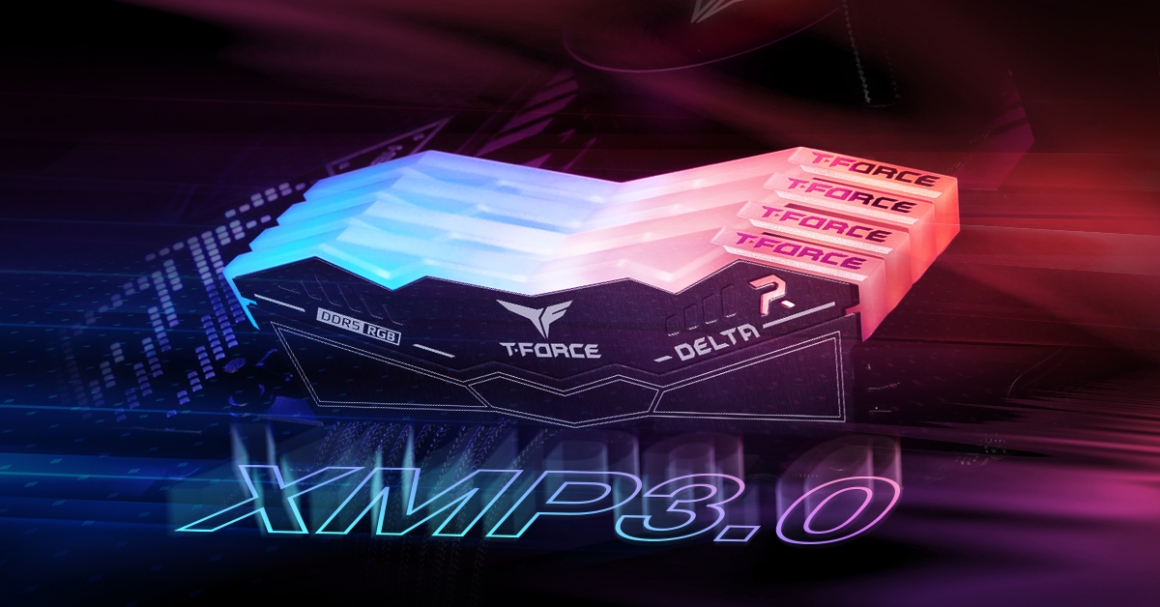
GIGABYTE X670E AORUS MASTER
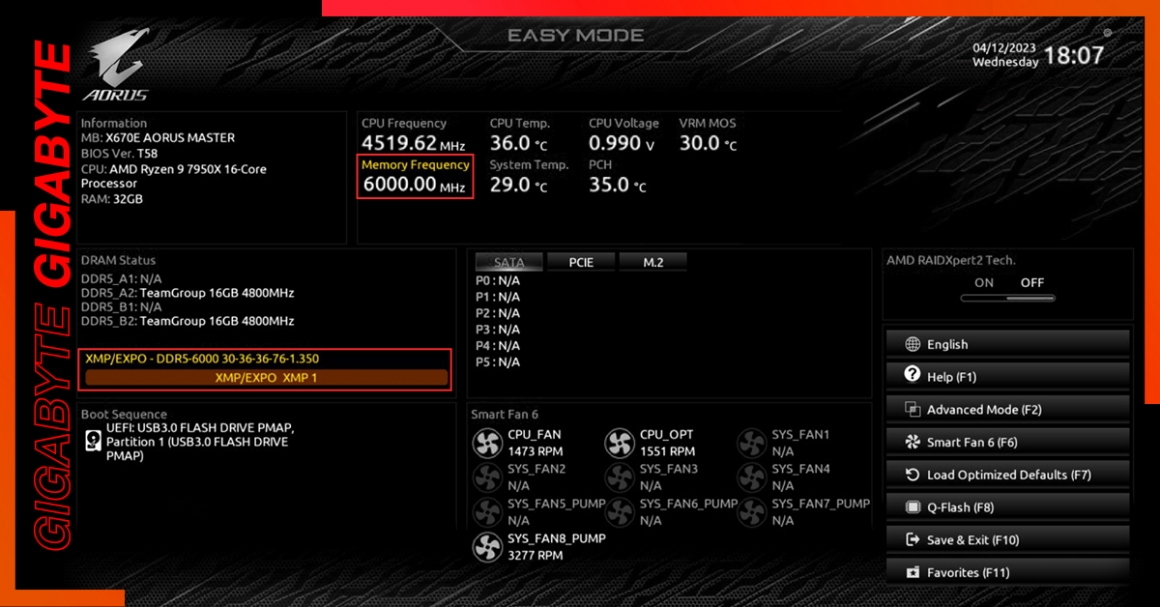
The figure above is a screenshot of the T-FORCE DELTA RGB DDR5 in X670E AORUS MASTER. After manually entering the BIOS, you can see from the screenshot that XMP / EXPO - XMP 1 was displayed, indicating that basic parameters were recognized and the switching was successfully done.
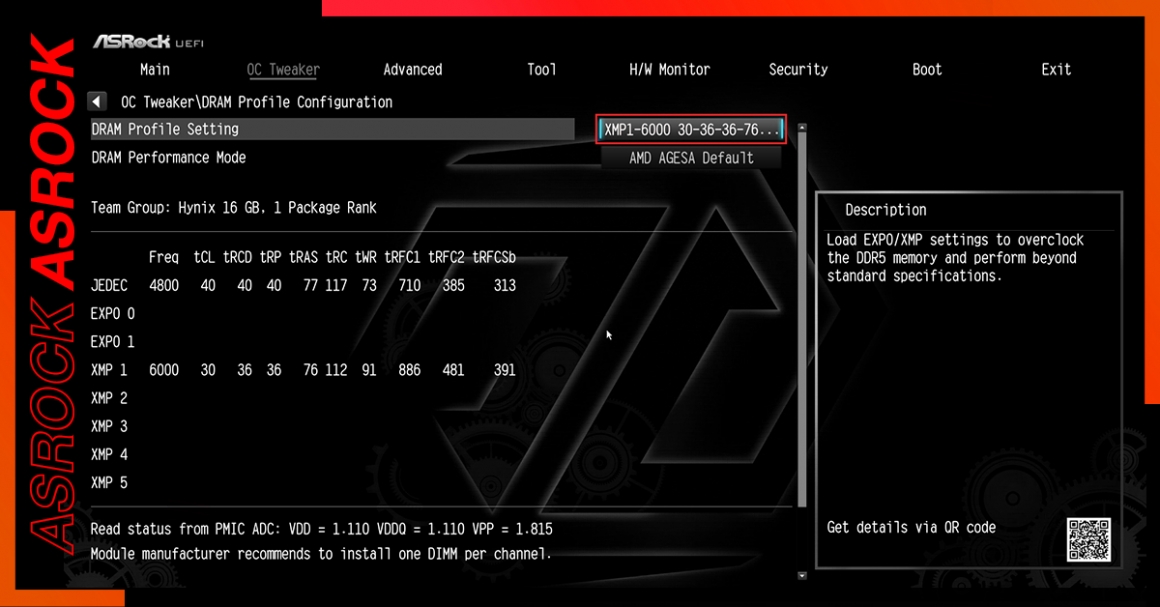
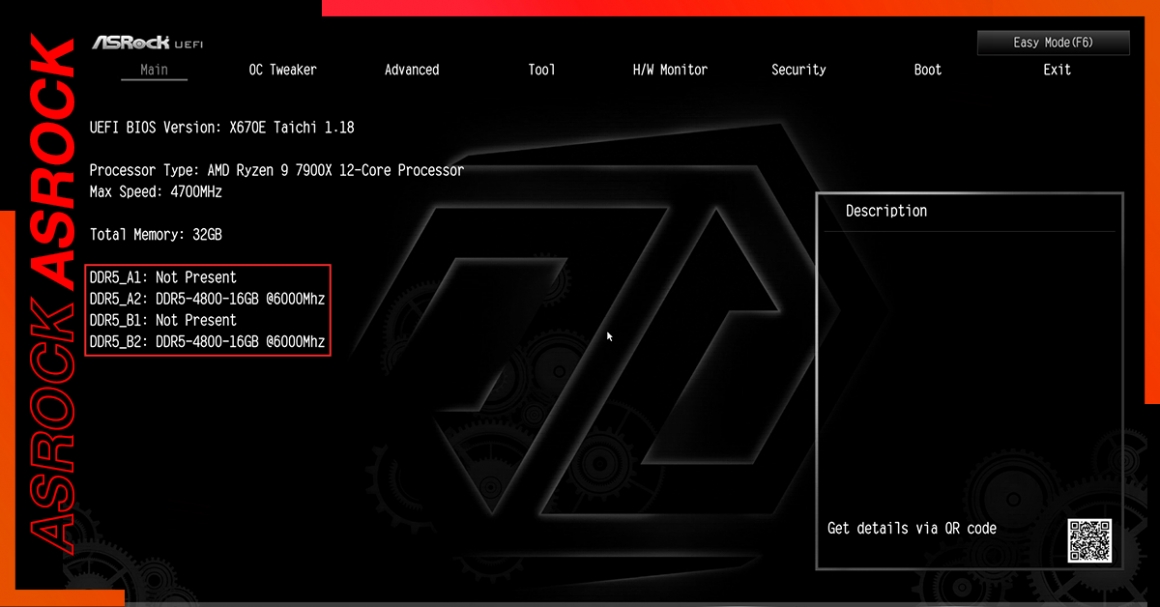
The figure above is a screenshot of the T-FORCE DELTA RGB DDR5 in X670E Taichi Carrara. After manually entering the BIOS, you can see from the first screenshot that XMP1-6000 was displayed. The second screenshot verified that the frequency was 6000MT/s, indicating that basic parameters were recognized and the switching was successfully done.
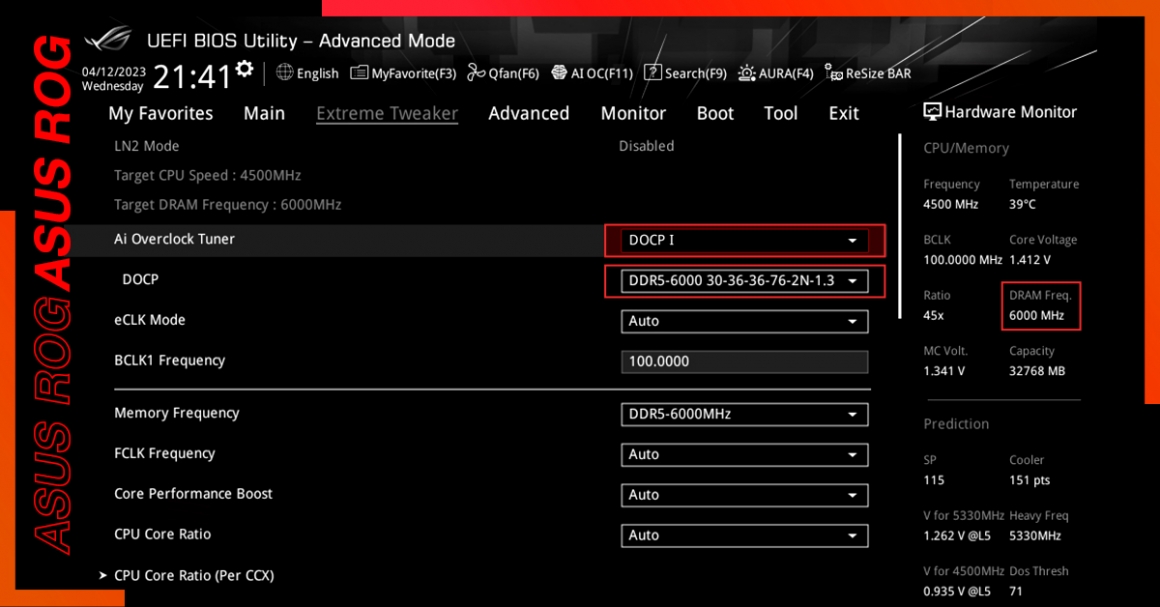
The figure above is a screenshot of the T-FORCE DELTA RGB DDR5 in ROG CROSSHAIR X670E HERO. You will discover the unique feature of ASUS. You can see from the screenshot that DOCP I was displayed (D.O.C.P. I was displayed for XMP→EXPO). This ASUS customization indicates successful switching from EXPO→XMP display, and basic parameters were recognized.
MSI MPG X670E CARBON WIFI
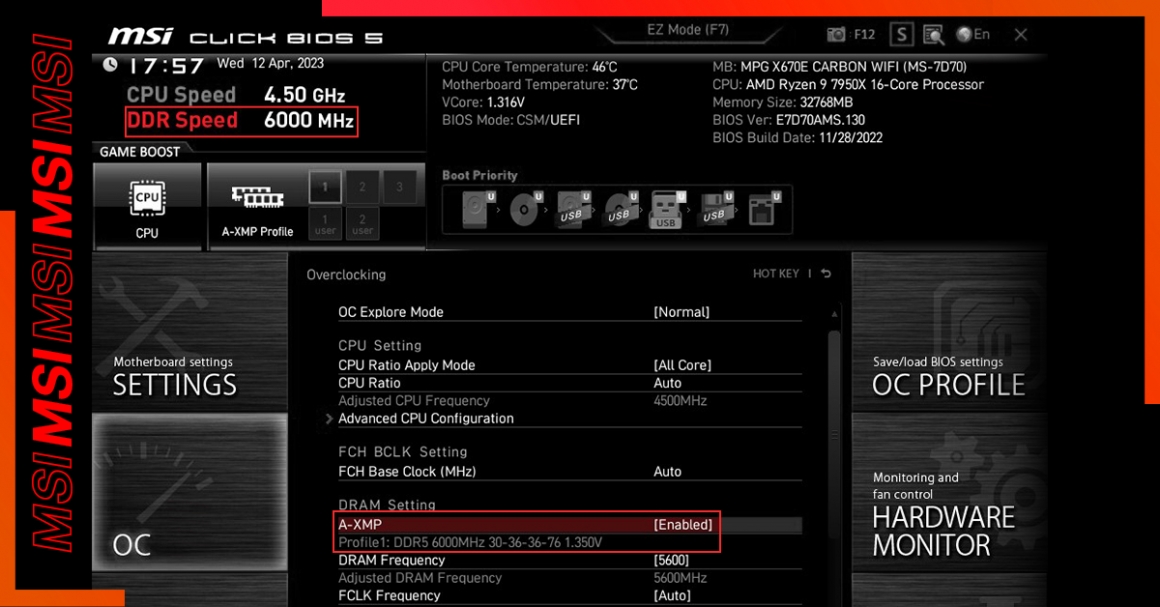
With the MSI board, you will also discover a relatively unique feature. You can see from the screenshot that A-XMP was displayed. This MSI customization indicates successful display switching, and basic parameters were recognized.
Regarding the AMD platform, cross-platform overclocking display switching is possible. However, it remains to be seen whether the actual overclocking performance can be retained and whether the booting procedure can be completed. Currently, the AMD platform only supports up to DDR5-6000 frequency in terms of stability but allows EXPO→XMP switching and retains overclocking performance. If you got the memory DDR5-6000, you could have cross-platform overclocking performance on both Intel and AMD platforms. However, if you got the memory with specifications above DDR5-6000, basic parameters will be recognized on the AMD platform, and the display switching indicator will be displayed. However, all high speed overclocking DRAMs need to pair with the same high level of motherboards and CPUs to make overclocking performance successfully. You should be aware of that!
For this part, you can refer to the following figure: a screenshot of T-FORCE DELTA RGB DDR5-7200 in X670E AORUS MASTER and ASUS ROG CROSSHAIR X670E HERO.
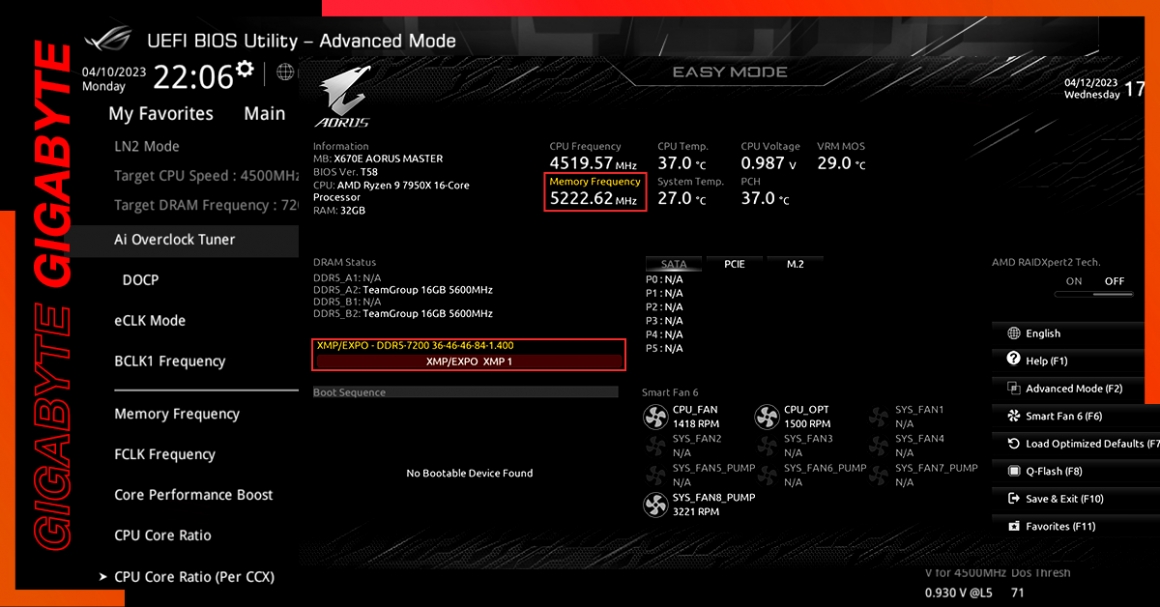
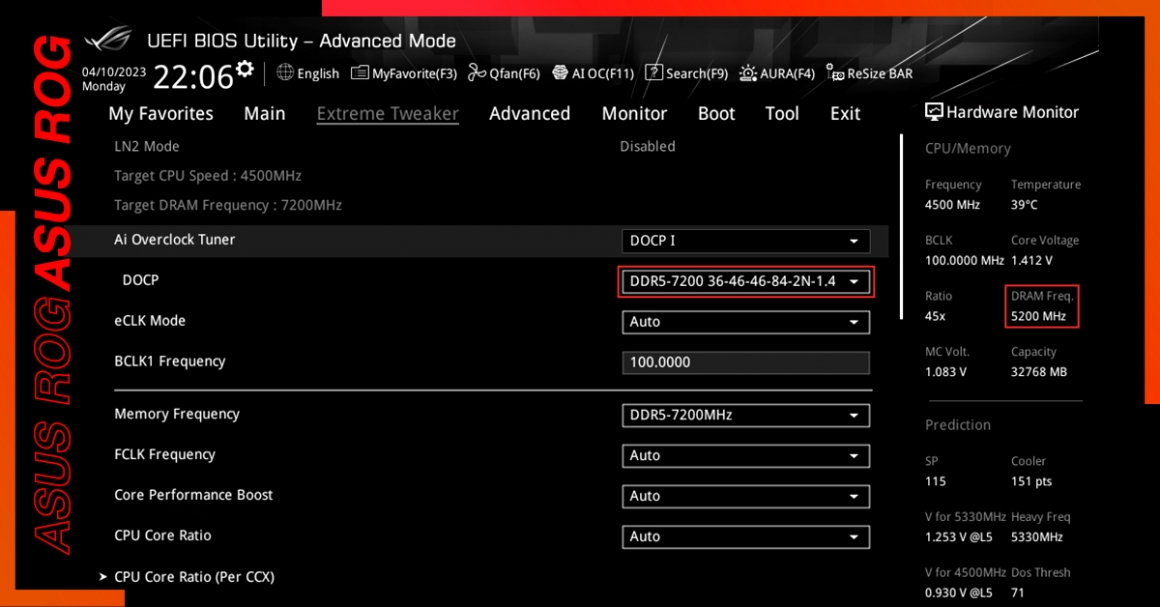
You will discover that both boards can read T-FORCE DELTA RGB DDR5-7200, indicating that the switching was successfully done. However, the frequency was only around 5200MT/s rather than 7200MT/s, indicating that the default value of the board was used for booting.
Conclusion
To conclude, We compiled the verification of the EXPO→XMP and XMP→EXPO switching prepared exquisitely by TEAMGROUP and would like to provide a kind reminder to everyone. It is not that important as to whether the DDR5 itself is a Combo since major board manufacturers nowadays have been able to achieve display switching. However, the overclocking performance after switching will vary, depending on the technology that Intel and AMD platforms support. We hope you all have a better understanding of Cross-platform Overclocking. See you next time!